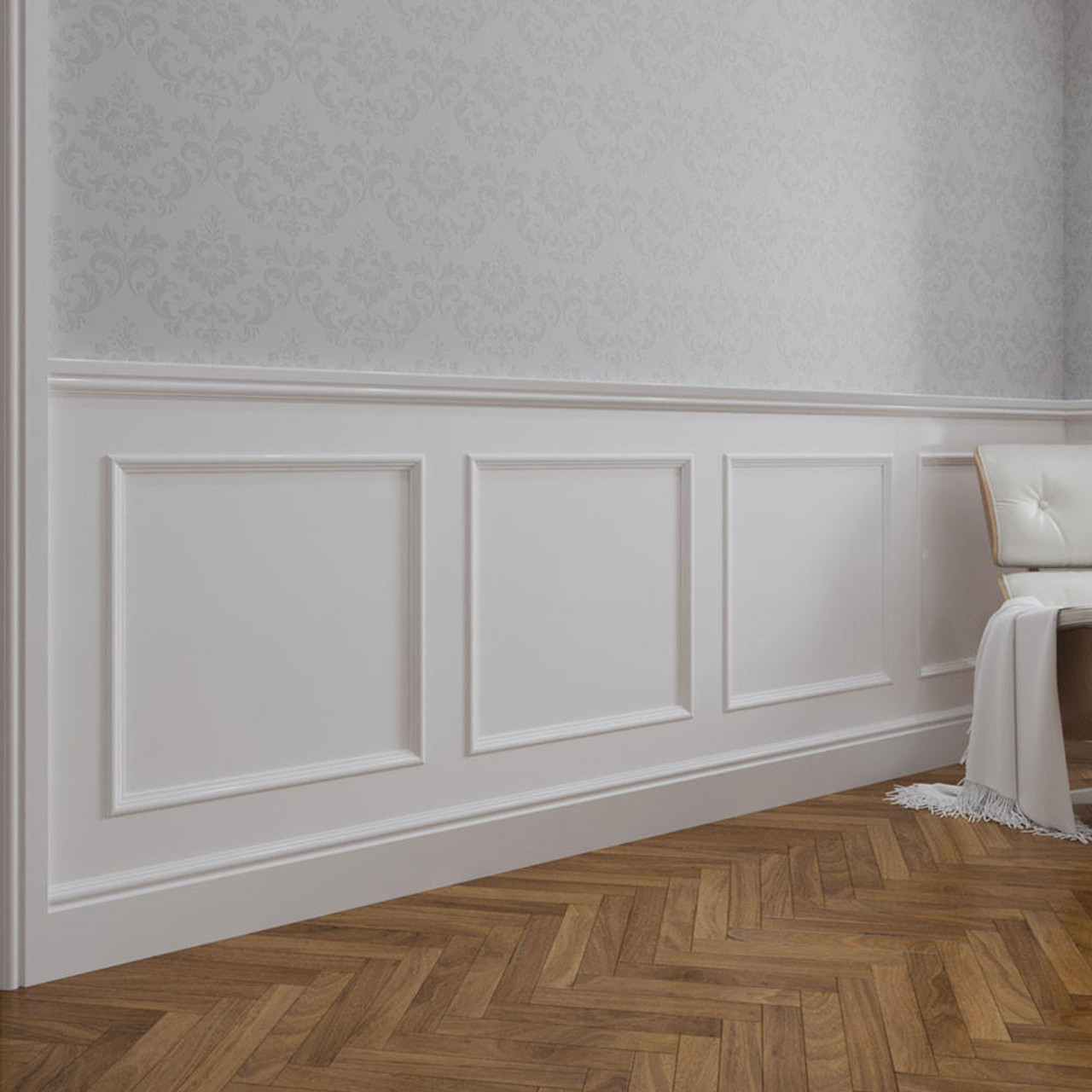Classic vs. Modern Wooden Wall Paneling Designs
Classic vs. Modern Wooden Wall Paneling Designs
Blog Article
Elegant Wooden Wall Paneling Types for Your Home
Wooden wall paneling has seen an amazing resurrection in interior design trends, giving a little beauty, warmth, and usefulness to any room. Making a good choice for the room can transform a bland wall in to a wonderful focal point. From style factors to practical suggestions, that information may walk you through how to choose the right wood paneling kit for your home or office.
1. Consider the Room's Function and Cosmetic
Performance
Each space at home provides a distinctive purpose, and picking a wooden paneling must match it. For an income room, you may choose dramatic, uneven timber to produce an appealing ambiance. Bedrooms may possibly benefit from easy, smart systems for a cozy and tranquil vibe. For places like kitchens or bathrooms, ensure you decide on paneling that's moisture-resistant or sealed to tolerate humidity.
Model and Concept
The appearance of the paneling should align with your room's over all theme. For contemporary rooms, clear lines and light-colored woods such as birch or maple develop a sleek look. Rustic or farmhouse areas are brought your with distressed wood or reclaimed timber offering warmer, normal tones. A Scandinavian-inspired design usually advantages from soft woods and easy grain patterns.
2. Select the Form of Timber and Finish
Stable Timber vs. Engineered Wood
Wood paneling provides an genuine search, toughness, and classic appeal, but it may be expensive. Manufactured wood systems, on one other give, are more affordable and can be found in various textures and finishes. They are able to mimic the appearance of solid wood while offering improved moisture opposition and less susceptibility to warping.
Finishes and Solutions
Screen finishes, such as tainted, decorated, or varnished timber, play a significant role in deciding their ultimate appearance. Staining highlights the natural feed of the wood, while colored panels enable a broader range of shade options. For added safety, assure the cells are closed with solutions suited to your environment.
3. Think About Panel Measurement and Direction
Wall paneling will come in a number of styles, from slim pieces to big sheets. Vertical systems can make a space appear older, which is ideal for rooms with lower ceilings. Outside paneling, on another hand, yields a wider feel, making smaller areas search larger and more open.
4. Know Your Budget
Collection a budget which includes not just the expense of the wood paneling but also installation and maintenance expenses. While advanced hardwood alternatives, like walnut or cherry, may possibly elevate your room, there are lots of cost-effective solutions like plywood or medium-density fiberboard (MDF) that also produce artistic attraction at a portion of the cost.
5. Consider Illumination in the Room

The sort of timber and their end will respond differently to light. Light woods jazz up candle lit rooms, showing sunlight or artificial light. However, deeper woods include range and richness to obviously brilliant areas but could make small or badly illuminated spots sense more closed if greatly used.
6. Factor in Endurance and Maintenance
Each type of wooden section involves various quantities of upkeep. Hardwoods like cherry or mahogany are resilient and long-lasting but might need more polishing to keep up their go over the years. Manufactured wood or sections with protective films are often simpler to completely clean and care for, particularly in high-traffic areas.
Raise Your Interiors with the Correct Wooden Paneling
Selecting the most appropriate wooden wall paneling may entirely transform the look and experience of your space. Keep your room's operation, type, and practicality in mind as you discover options. With thoughtful collection, wooden paneling blends purpose and fashion, giving your interiors an amazing attraction that aligns with contemporary design trends. Report this page